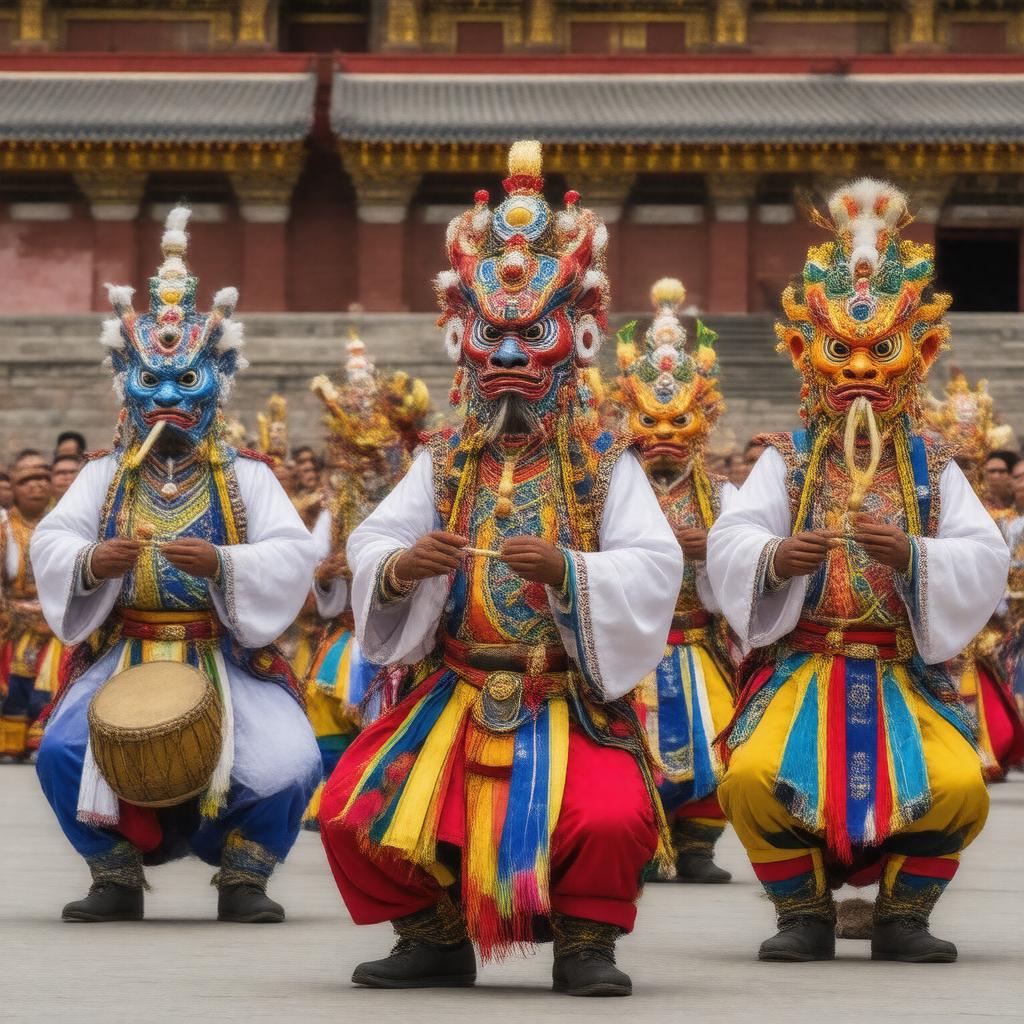
AI-created image
Statements (1)
| Predicate | Object |
|---|---|
| http://www.w3.org/2000/01/rdf-schema#label |
Tibetan opera
|